The Guerrilla Girls use masked anonymity, bold visuals and biting statistics to expose gender and racial bias in the art world. Their gorilla masks aren’t just theatrical — they’re legal armor, allowing them to provoke, publish and perform without fear of retaliation or defamation claims. Anonymity becomes both shield and statement.
Stay Bold and Shrewd
In times of creeping authoritarianism, art isn’t just expression, it’s intervention. And artists aren’t just creators. You are culture’s first responders.
But speaking truth to power comes with risks. Knowing your legal rights — what you’re allowed to say, show, build, and resist — isn’t about playing it safe. It’s about playing it smart.
This post is for artists, organizers, performers, and cultural workers. You don’t have to be a lawyer. But you do need to be legally literate. The better you understand the rules, the more freely and fiercely you can break them.
This Abbetuck POV blog post references six artists and collectives who’ve used the law as a tool of protest, protection and power.
Learn from them. Then go further.
Dread Scott’s 2024 performance piece “On the Impossibility of Freedom in a Country Founded on Slavery and Genocide” continues his decades-long critique of U.S. injustice. His 1989 flag piece helped trigger (and later overturn) the Flag Protection Act, reaffirming artists’ rights to political expression through a landmark Supreme Court case.
Know Your Rights and Your Risks
Power comes from clarity, not guesswork.
- Learn what laws protect you: free expression, assembly, parody, fair use.
- Know where the lines are before you cross them (or choose to).
- Talk to lawyers or advocacy groups early. Legal advice isn’t just for emergencies.
This image from “Marching Plague” (2006) represents Critical Art Ensemble’s signature blend of art and science. When officials wrongly investigated co-founder Steve Kurtz for bioterrorism, the legal battle exposed how post-9/11 fears can entangle experimental artists … and how legal awareness is vital when pushing into regulated or misunderstood domains.
Outsmart, Don’t Just Outrage
The law isn’t just a limit; it’s a strategic tool.
- Use satire, symbolism and anonymity to push the message without getting derailed.
- Think like an organizer and an artist: What will hold up under scrutiny and still hit hard?
- Embed legal awareness in your process. Not as a buzzkill, but as a form of craft.
Shown here defacing a hateful NYC subway ad in 2012, Mona Eltahawy turned her arrest for criminal mischief into a national dialogue about the legal—and moral—limits of protest and free speech. Her act modeled civil disobedience not as impulse, but as intentional, media-savvy resistance.
Use Permits and Public Space Strategically
Red tape can be a red carpet … if you know how to walk it.
- Applying for permits can legitimize your work and expand its reach.
- Denied one? That denial can become the story. Challenge it publicly.
- Pop-ups, mobile pieces, and sidewalk art can bypass gatekeepers and stay legal.
In 2010, the Yes Men hijacked Chevron’s “We Agree” campaign with a satirical rollout of their own, exposing corporate greenwashing while staying within legal protections for parody. Their success lies in pre-planning actions with legal counsel, proving that creative sabotage can be bold, funny and lawsuit-resistant.
Once You Know the Rules, Lean into Your Art
Don’t self-censor once you’ve done your homework.
- Clarity builds courage for you and your audience.
- The strongest art doesn’t hesitate. It lands.
- When you’re legally covered, move with confidence and don’t apologize.
Theaster Gates transformed this abandoned bank into a cultural landmark through his Rebuild Foundation—using zoning codes, preservation law, and tax incentives not as obstacles but as instruments. His work exemplifies how artists can embed creativity into civic infrastructure by mastering the rules that shape it.
Legal Literacy Is a Form of Creative Power
Authoritarian regimes thrive on fear, confusion and silence. But when artists know the law, they become harder to intimidate, harder to erase and harder to control.
Legal literacy doesn’t stifle creativity, it liberates it. It’s what allows you to deface a subway ad, impersonate a CEO, or turn a crumbling bank into a public sanctuary. It helps you move boldly, speak clearly and build cultural movements that endure.
We need art that survives takedown notices. That outsmarts censorship. That provokes with precision … and holds up in court.
So, learn the rules. Then bend them like an artist.
Randall White
Abbetuck
Legal Resources for Artists in Resistance
Whether you’re installing a mural, staging a protest performance, or curating politically charged exhibitions, these resources can help you understand your rights and protect your work:
National Coalition Against Censorship (USA) — Offers guidance and legal support for artists facing censorship.
Artists at Risk Connection — Connects artists with emergency funding, legal aid and relocation support.
Freemuse — Tracks global violations of artistic freedom and advocates for artists’ rights.
American Civil Liberties Union’s Know Your Rights (USA) — Provides clear, accessible legal information for protestors and creatives.
Local USA Arts Councils (may load slowly) and USA Legal Clinics — Many cities offer pro bono legal support for artists through arts organizations or law schools.
Thank you
Ken Grossinger‘s “Nine lessons for fighting authoritarianism using art in an age of resistance” for the Southern Poverty Law Center inspired the drafting of this post.
Mr. Grossinger’s second lesson was “Know the law.” He wrote, “Be clear about what actions you can take as an individual or organization and then go full bore.”
I’ll address lessons three through nine in upcoming posts.
Thanks also to attorney David H. Dobson for his counsel on legal resources for artists.


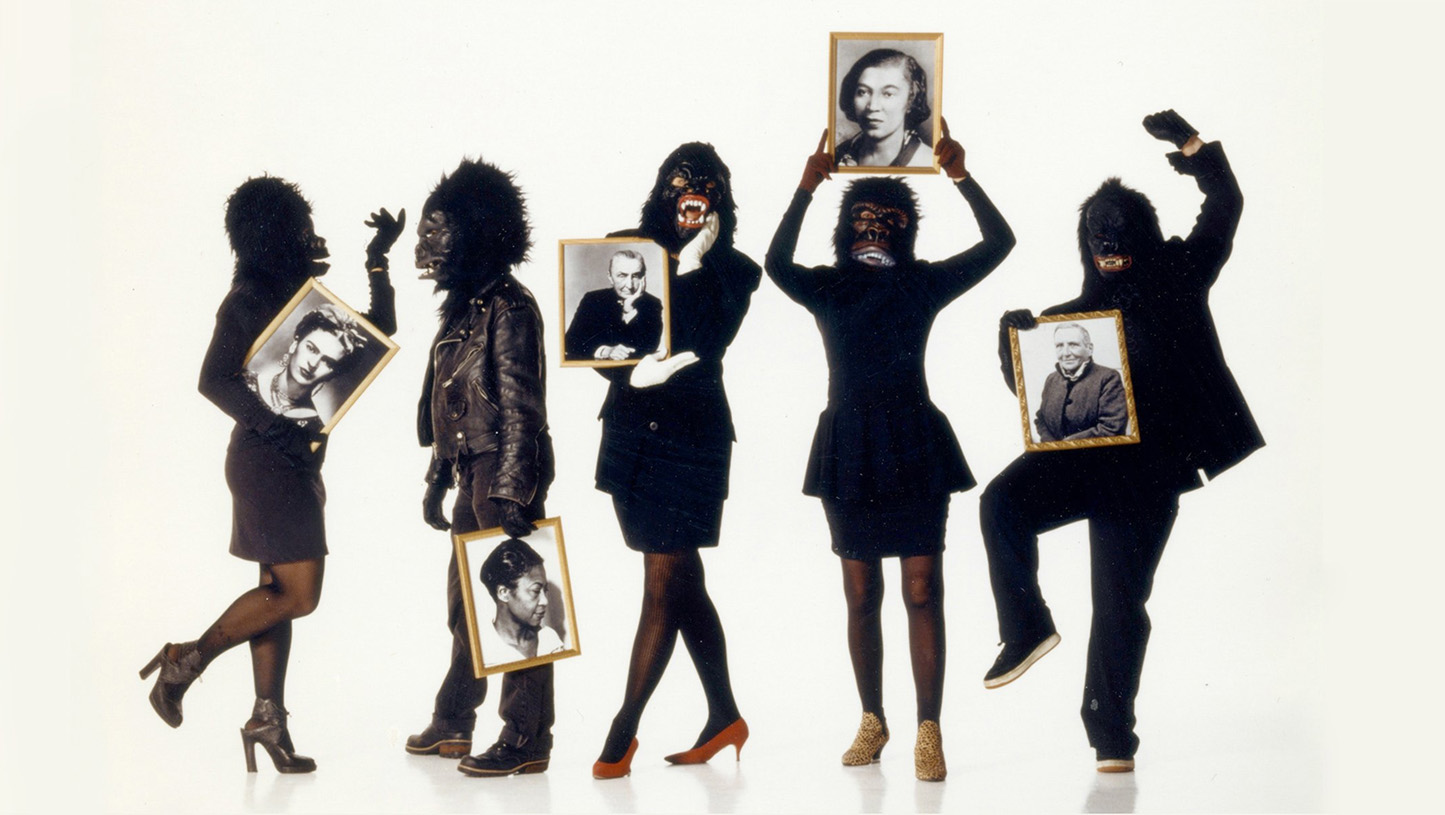
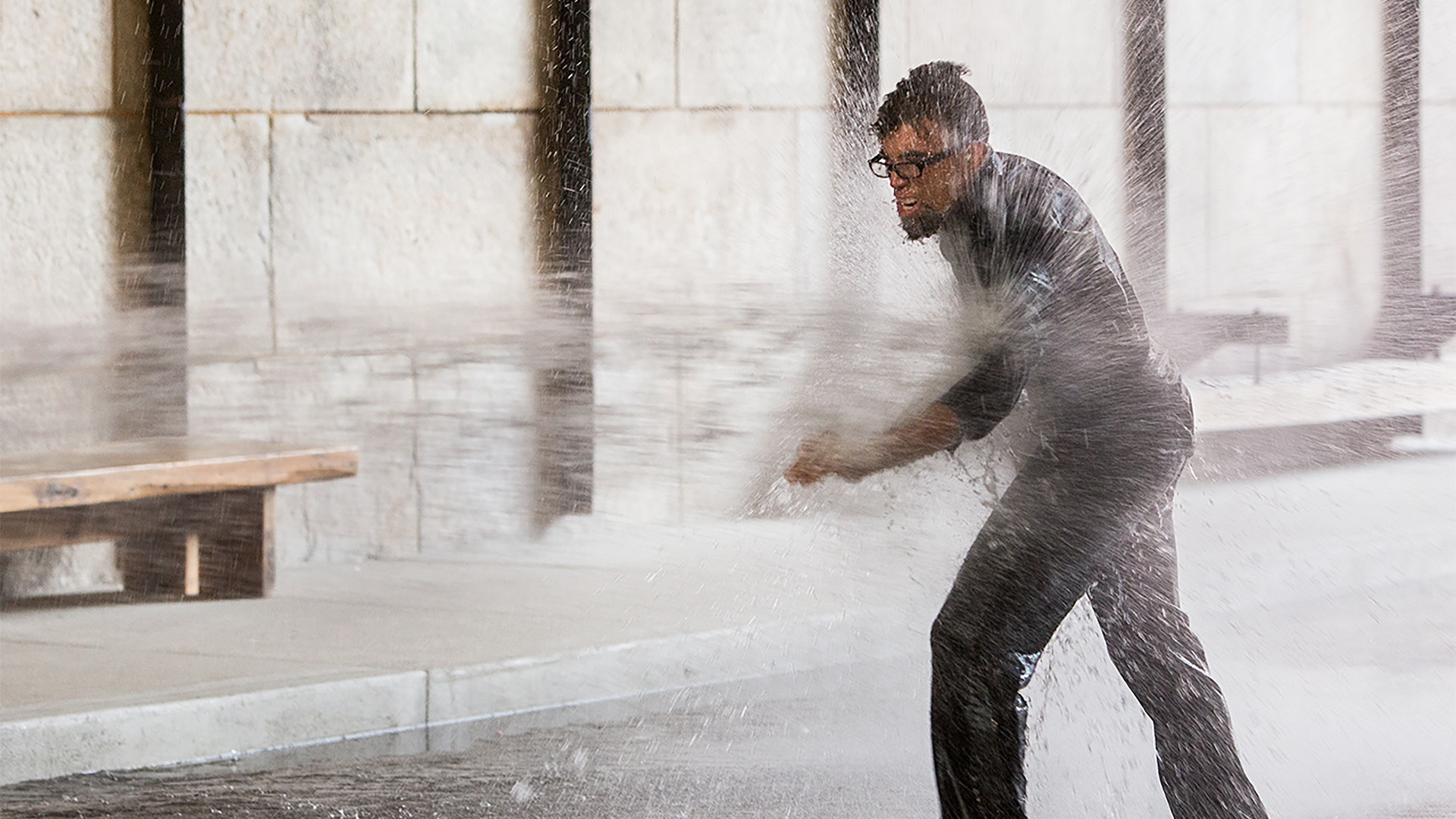
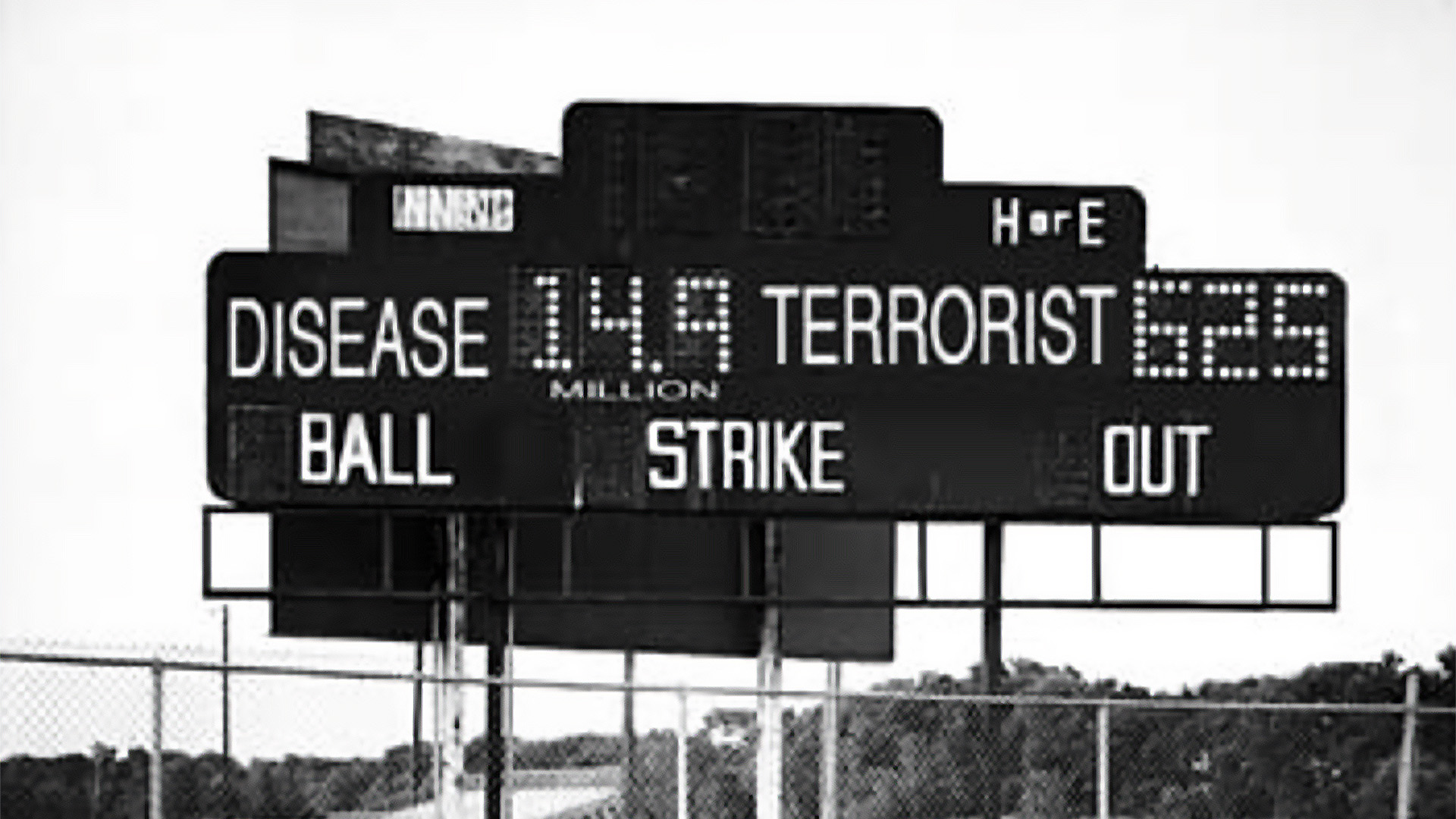
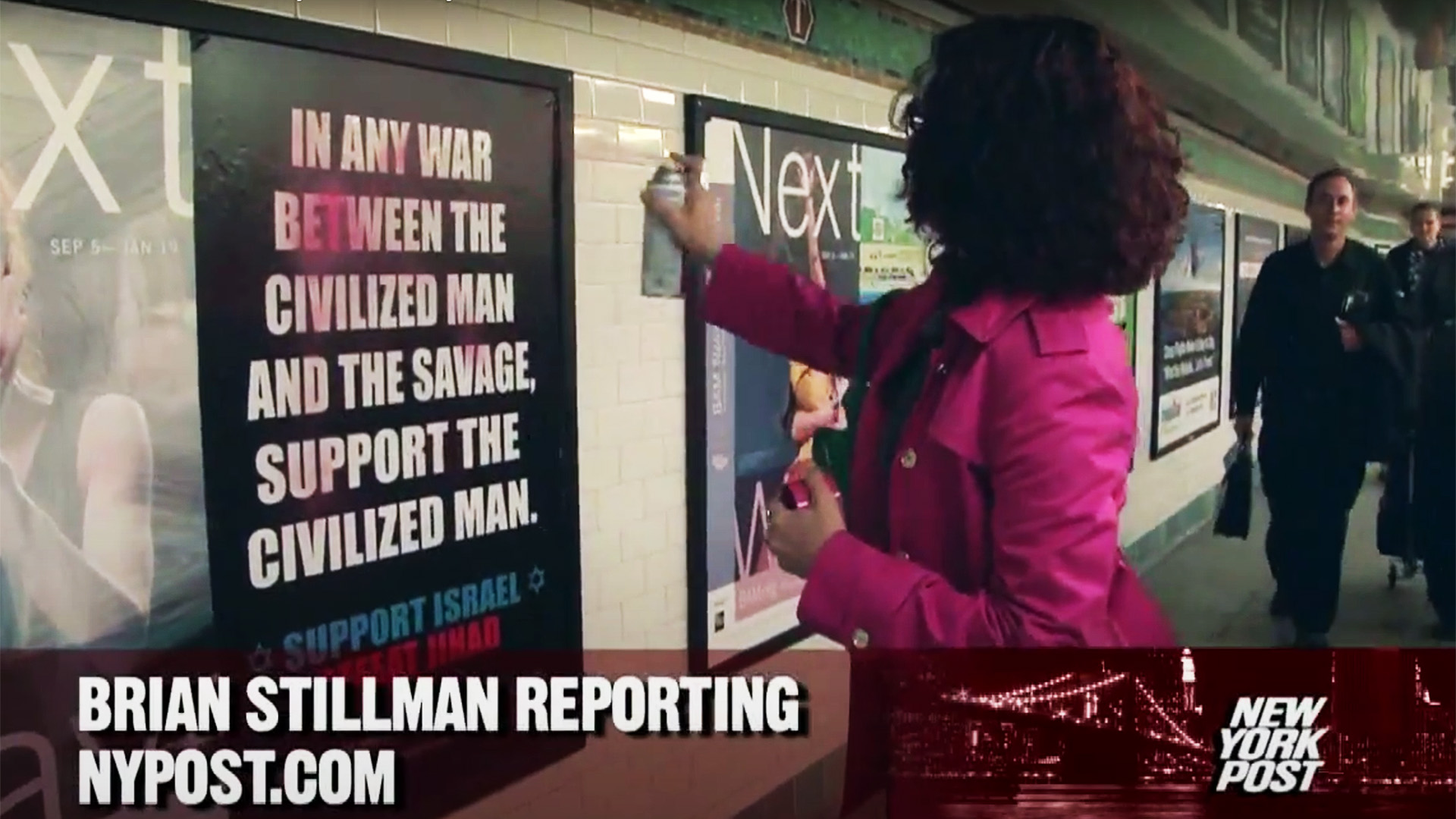
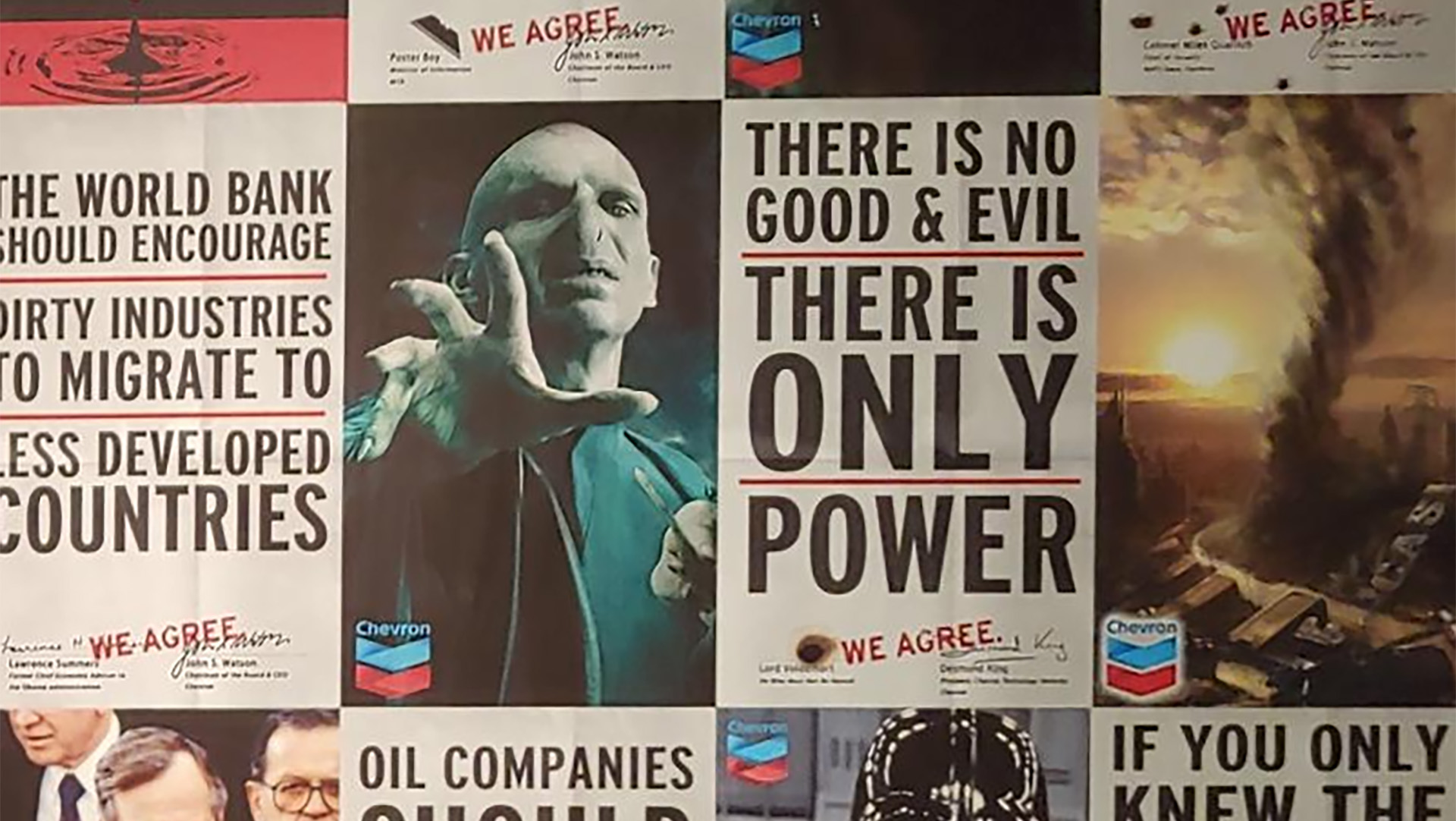



No responses yet